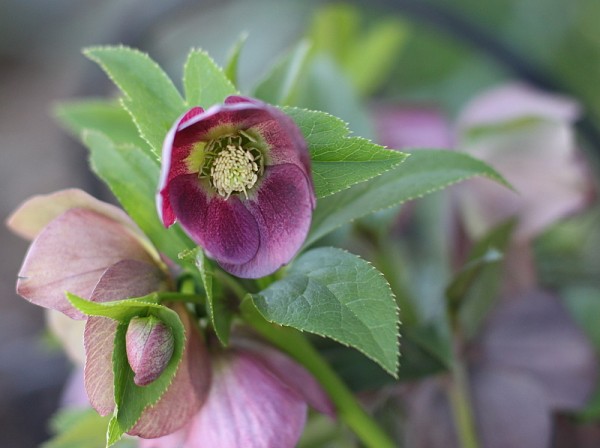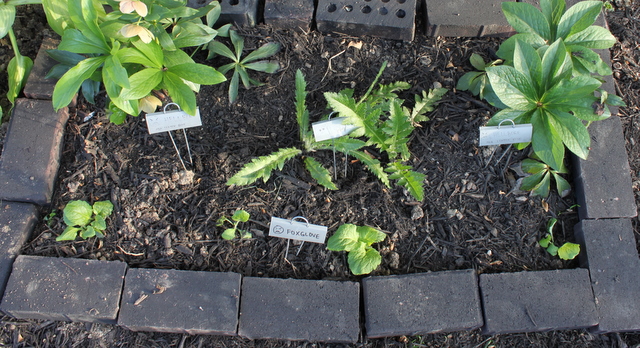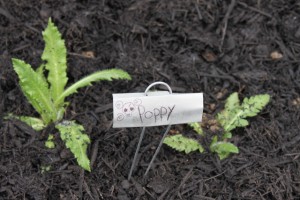 The past few weeks have been consumed by painting, decluttering, and pre-moving to ready our house for sale.
We're exhausted and we have too much stuff.
The past few weeks have been consumed by painting, decluttering, and pre-moving to ready our house for sale.
We're exhausted and we have too much stuff.
I feel like I do a decent job or donating items when they are no longer in use and we don't overbuy. We have a few small collections but mostly they are of useful things like cookbooks and canning jars. It still seems like too much when we're packing things away so the house can look open and inviting.
Much of our 'stuff' is tools and supplies for the many DIY activities we take on. We have one set of shelves for canned goods and jars. Another is stacked with carboys and beer brewing equipment. The garage contains everything needed to tear down a kitchen, create countertops, fix a bicycle, build raised beds, tend a garden, and fly a kite. Our craft room contains material and a machine for sewing, supplies for making candles, cleaning sprays, knitted things, watercolors, paintings, and letters.
Not to mention the books. For every activity mentioned above, we have dozens of books for inspiration and instruction.
I envy the RV travel lifestyle right now where the stuff is pared down to what you can fit in a few bags. I could do with leaving this house and all the work it represents behind right now.
But we will stick with managing the stuff because I can't really give up our DIY lifestyle. The hard work of packing will end soon, I hope, with a new place with more space to garden, brew, cook, make and create.
We still haven't found a place to move to, for all who are asking. We hope to stay in Clintonville but find a bigger lot for more growing space and privacy. Amongst all the packing of stuff we are looking at houses and enjoying the blooms of our current house, like the hellebore above.




